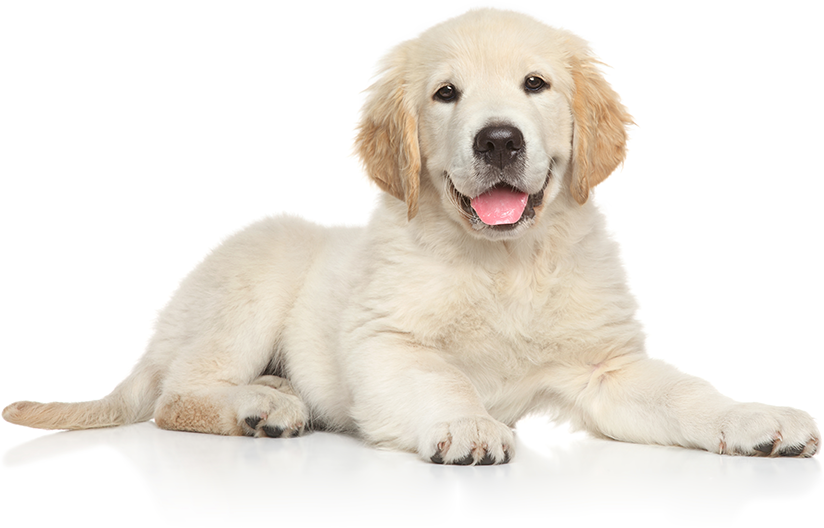
May 03, 2021 | By, For Pet's Sake
Exercising with your pet in hot weather
Some pets paw at their bowl when they’re thirsty. Others might make noise, and some might even pick up their bowl and bring it to you. However, life as a pet owner doesn’t always come to you. As you’re exercising with your pet this spring and summer, keep your pet’s hydration in mind. They need water just like humans do, and the effects of dehydration can sneak up quickly.
Hydration requirements vary between pets. A dog’s daily threshold is one ounce of water per pound of body weight. Dogs lose water through panting and urination and forgetting to replenish that water can be deadly. Running and swimming, especially during the hottest parts of the day, can cause your dog to overheat and lose energy quickly. Bring a water bowl with you to keep them hydrated at the park or on the trail.
A cat’s water needs are tied to how many kilocalories of food consumed in a day. Cats also lose water through respiration and what they do in the litter box. Even if they’re an outside cat, don’t rely on them to fend for themselves. Make sure to keep water available at all times so your cat can replenish its water supply after a long day of playing and hunting.
Then there are the pets who live in small enclosures and exercise on their own, such as rabbits and hamsters. Bunnies need anywhere from 50 to 150 milliliters of water for every two pounds of body weight. They also are hypersensitive to heat and will actually stop drinking water (not because they don’t need it!) if the temperature gets too high. As for hamsters, these little creatures make up for their lack of outdoor running with their trips around a wheel. Reward them with fresh water all day long.
In case your pet exercises on a low water supply, here are some tell-tale signs of dehydration:
- Sluggish behavior
- Sunken eyes
- No interest in food
- Dry mouth
- Low skin elasticity
Water isn’t the only thing to pay attention to when it comes to pet exercise. The weather forecast also matters. Just because you think it’s a gorgeous day to get a tan doesn’t mean your pet should accompany you.
Dogs can handle temperatures around 90 degrees Fahrenheit if they’re supervised and given enough water to drink. You will need to listen to your pet and notice any signs of heat exhaustion because sometimes they just can’t cool themselves enough by panting. They also may not realize they’ve hit their breaking point until it’s too late. When the ball at the other end of the field beckons, they can’t always resist.
Heat stroke symptoms in pets include rapid heart rate, struggling to breathe, excessive thirst, lethargy, fever, dizziness, vomiting, discolored tongue, excessive salivation, and loss of coordination. Assess these symptoms as early as possible so your pet doesn’t end up passing out or suffering from a seizure.
When the temperature gets hot enough to “cook an egg on the street,” think about your pet’s paws. They’re basically stepping on the burning ground with nothing but their paw pads as protection. Try to exercise your pet in the morning or evening if you live in warmer climates.
Summer is meant for fun. Make sure the fun never stops for an emergency by paying attention to your pet’s hydration and energy levels and the weather. After a solid workout, your pet will thank you by snuggling up with you and sleeping safely and soundly.
Have a question about pet health? Want to become the best possible pet parent? Find helpful tips, reminders, and insight to giving your furry friend the best possible care with For Pet’s Sake! Learn more at drdevonsmith.com.

